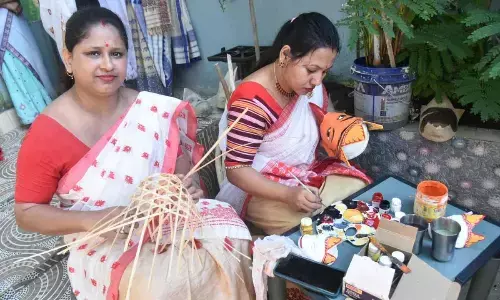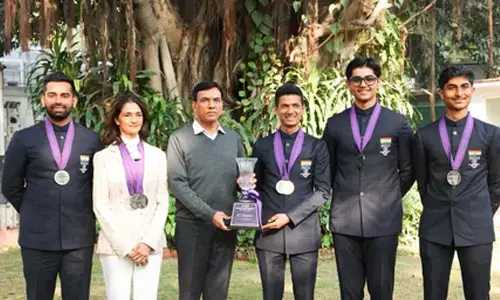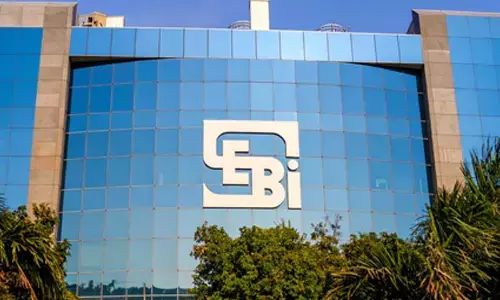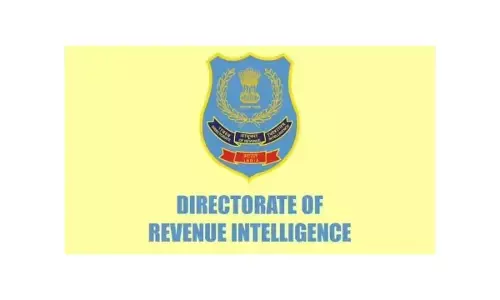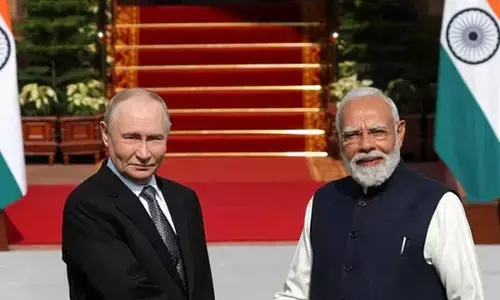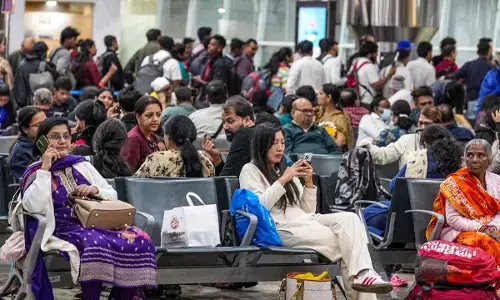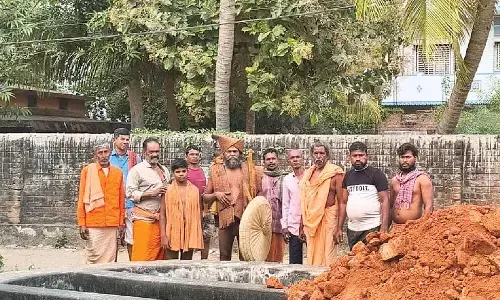Way forward for BJP in Andhra Pradesh
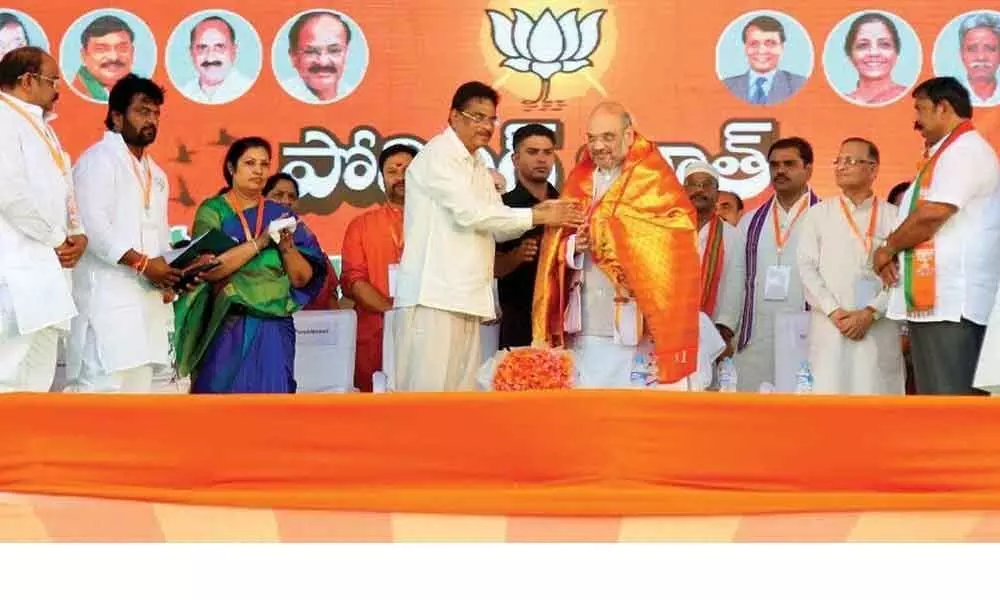
2019 elections saw a BJP wave across the country. The same was absent in Andhra Pradesh where they got less than 1 per cent vote share far less than its traditional vote share even when there was no wave across the country.
2019 elections saw a BJP wave across the country. The same was absent in Andhra Pradesh where they got less than 1 per cent vote share far less than its traditional vote share even when there was no wave across the country.
There are reasons peculiar to Andhra Pradesh for this to happen. Polarisation was so sharp and anti incumbency against TDP government so intense that people looked for an alternative who can replace the TDP government.
Hence even otherwise traditional voting to BJP went to YSRCP a party perceived to be in a position to defeat TDP. The other reason was Telugu Desam party and its friendly vernacular media succeeded in presenting to the public that BJP did not honour the commitments made at the time of state bifurcation and is the root cause of all the financial problems of the state post bifurcation.
But this election also opened political space for BJP to get strengthened in Andhra Pradesh since results left Telugu Desam party totally decimated.
Political space in Andhra Pradesh since its formation in 1956 was occupied by two dominant land holding communities. Nehru implemented a policy of leaving the states to be ruled by dominant landed interests while at the Centre he had a free hand to implement his vision and agenda .
Accordingly the dominant Reddy community played an important role in political scene in Andhra Pradesh till Mrs Gandhi got stabilised at the Centre after 1971 elections. She brought in Mr PV Narasimha Rao as the Chief Minister and tried for social engineering with backward class and scheduled caste leaders.
But this experiment was short -lived with landed interests striking back in terms of the Andhra agitation . What followed subsequently was stable period of rule under Jalagam Vengala Rao though a Velama but representing the interests of the other dominant landed community Kammas.
When Mrs Gandhi came back to power in 1980 with virtually no opposition in the state adhocism guided her approach to state politics. Frequent change of chief ministers, inefficient jumbo governments, strengthening of vernacular media created an opportune atmosphere for opposition to rise and the popular movie hero NT Rama Rao started a party and in less than one year captured power.
Since then power is alternating between the two dominant landed communities of the state and there is a strong sense of being left out of the political power sharing by the other communities in the state more so the more populous communities of Kapus and Dalits. Herein lies the opportunity for BJP occupy the political space by aggressively articulating the aspirations of this rainbow coalition.
Before it does that there is another issue which party will have to tackle to become relevant in the state politics. Intense propaganda was indulged in by TDP and its friendly media in the last three years targeting BJP as main culprit for all the problems of Andhra Pradesh post-bifurcation and people have believed it.
This needs to be countered facts explained including the stand of the party on special status. Since Andhra Pradesh is relatively more media- intensive compared to other states media management so that their version also reaches the public is equally important in the state specific context.
After BJP made the Article 370 non-operational recently there is a feel good factor in favour of BJP across the country and Andhra Pradesh is no exception.
But misgivings and genuine hurt feeling about special status and other division issues remain. In fact for BJP in Andhra Pradesh Sampark Abhiyan on special category status and other division issues is far more important than on Article 370.









